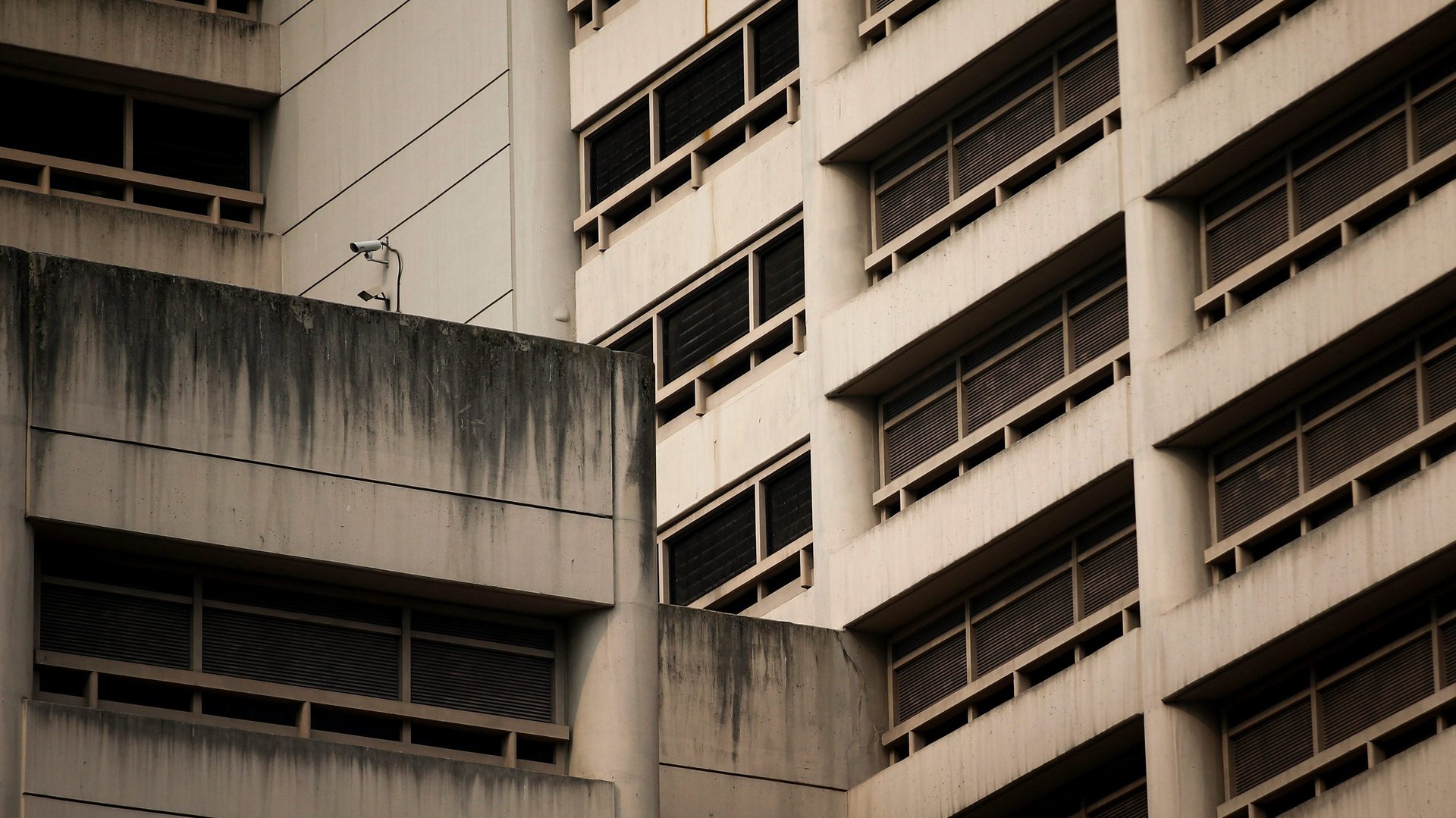Prisons are where America most needs vaccine mandates
American correction facilities are the perfect petri dish to incubate the Covid-19 virus, and potentially new variants. They are overcrowded, making distancing virtually impossible, and often lack decent sanitation and ventilation.


American correction facilities are the perfect petri dish to incubate the Covid-19 virus, and potentially new variants. They are overcrowded, making distancing virtually impossible, and often lack decent sanitation and ventilation.
Because of this, they have been a main driver for the pandemic in the US, responsible in particular for the great racial divide among Covid-19 patients and victims.
They will also continue to be a severe public health hazard, because corrections officers are refusing to get vaccinated at a much higher rate than the rest of the population.
Prisons are the ideal petri dish for Covid-19
Recent studies have found the incidence of Covid-19 in state and federal prisons is up to five times higher than in the general population, that mortality is twice as high, and that there is a direct correlation between the overcrowding of prisons and increased risk of Covid-19. Immigration and Customs Enforcement detention facilities, too, have rates of infection that dwarf the ones of the surrounding communities.
About 64% of the incarcerated population has received at least one vaccine dose—below the US national average (71% adults). But with 55% of jail inmates—mostly those waiting for trial or only held temporarily—cycle in and out of the correctional system every week. Many are from low-income and minority communities with lower access to vaccines, making the risk of infections spreading in detention facilities is huge.
The data on prison staff is even more concerning. The Covid Behind Bars Data Project at the University of California, Los Angeles Law, which has been tracking the impact and spread of the pandemic in correctional facilities, estimates that only about 47% of prison staff has received at least a shot of the vaccine, an average that betrays great differences among states. In Pennsylvania, for instance, while 87% of inmates are vaccinated, only 23% of correctional officers are. Further, several states—including Arizona, Michigan, Missouri, New Jersey, and South Carolina—don’t report, and often don’t even collect, data on vaccination among staff.
“It’s a lot easier to get data on vaccinations of people who are detained than on the guards who are supposed to be protecting them—their privacy is protected…but the privacy of people who are detained is not,” says Eric Reinhart, a physician and anthropologist at Northwestern University and researcher with the World Bank.
The case for mandating vaccines in jails
There are two ways to reduce the risk of infections in correction facilities: mass decarceration, and vaccination.
Because of the high risk of contagion in overcrowded prisons, mass decarceration has been advocated by public health experts since the beginning of the pandemic, and has shown not to pose risks for the community, says Reinhart. During the early months, patchwork decarceration efforts have taken place across the country, and the higher release rates have not been associated with higher arrests, which can be used as a proxy for higher crime, he says.
As decarceration orders lag, vaccinations are all the more essential. Yet corrections employees are refusing them at a much higher rate than the general population. In Massachusetts, California, and Iowa, for instance, half of the prison workers oppose being vaccinated, the Marshall Project reported. In Rhode Island, 30% of them refused.
With rates of refusal being so high, the only option is to impose vaccine mandates on correction facility workers, concluded the researchers of Covid Behind Bars. Their suggestion is other states follow the lead of Illinois, California, New York, New Jersey, and Pennsylvania, whose governors mandated vaccines or routine testing. Still, even those mandate might not suffice, as in some states they do not apply to local jails.
“It’s alarming to see that more correctional workers have been infected than vaccinated in many states,” says Amanda Klonsky, a researcher at the Covid Behind Bars project. Prison workers currently account for the majority of Covid-19 cases in prisons: The national rate of active cases among prison staff is 81 per 10,000, compared to 23 per 10,000 among prisoners (it’s 36 per 10,000 for the overall US population).
Low rates of vaccination among prison personnel forces inhuman conditions on inmates. “Incarcerated people are still facing extreme lockdowns of 22 or 23 hours a day, because that’s the primary tool that prisons have to bring the virus under control. There are people who haven’t been able to see their families, or do educational or recreational activities for more than a year,” says Klonsky. In the heat of summer, many inmates around the country are locked in cells without air conditioning or even windows, and in large part that is because are unwilling to get vaccinated, she says.
The American Federation of State, County & Municipal Employees, which represents nearly 100,000 correction workers has encouraged its members to get vaccinated. Regarding mandatory vaccines, the organization’s president Lee Saunders said in a statement that the issue would be addressed through bargaining.